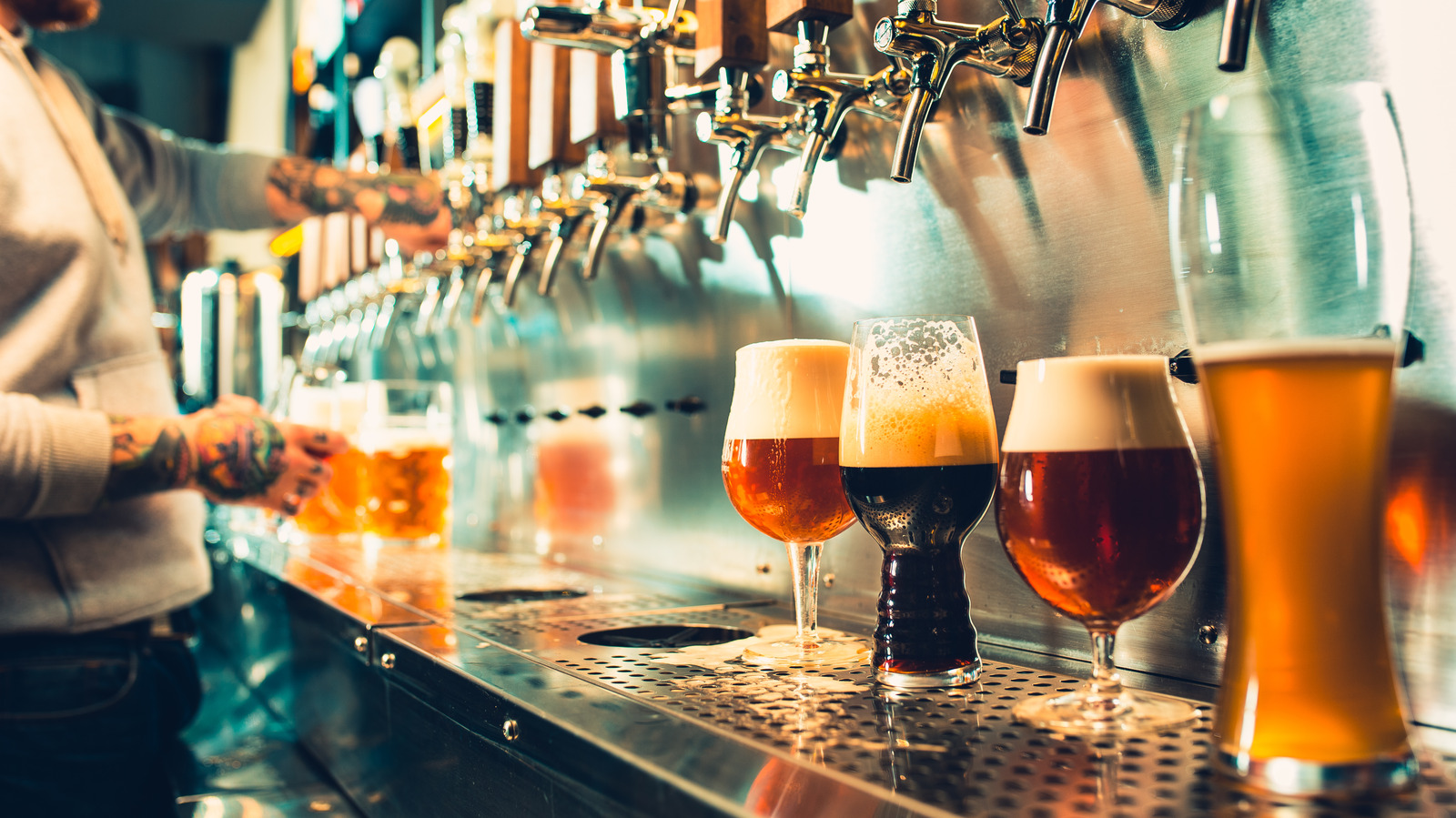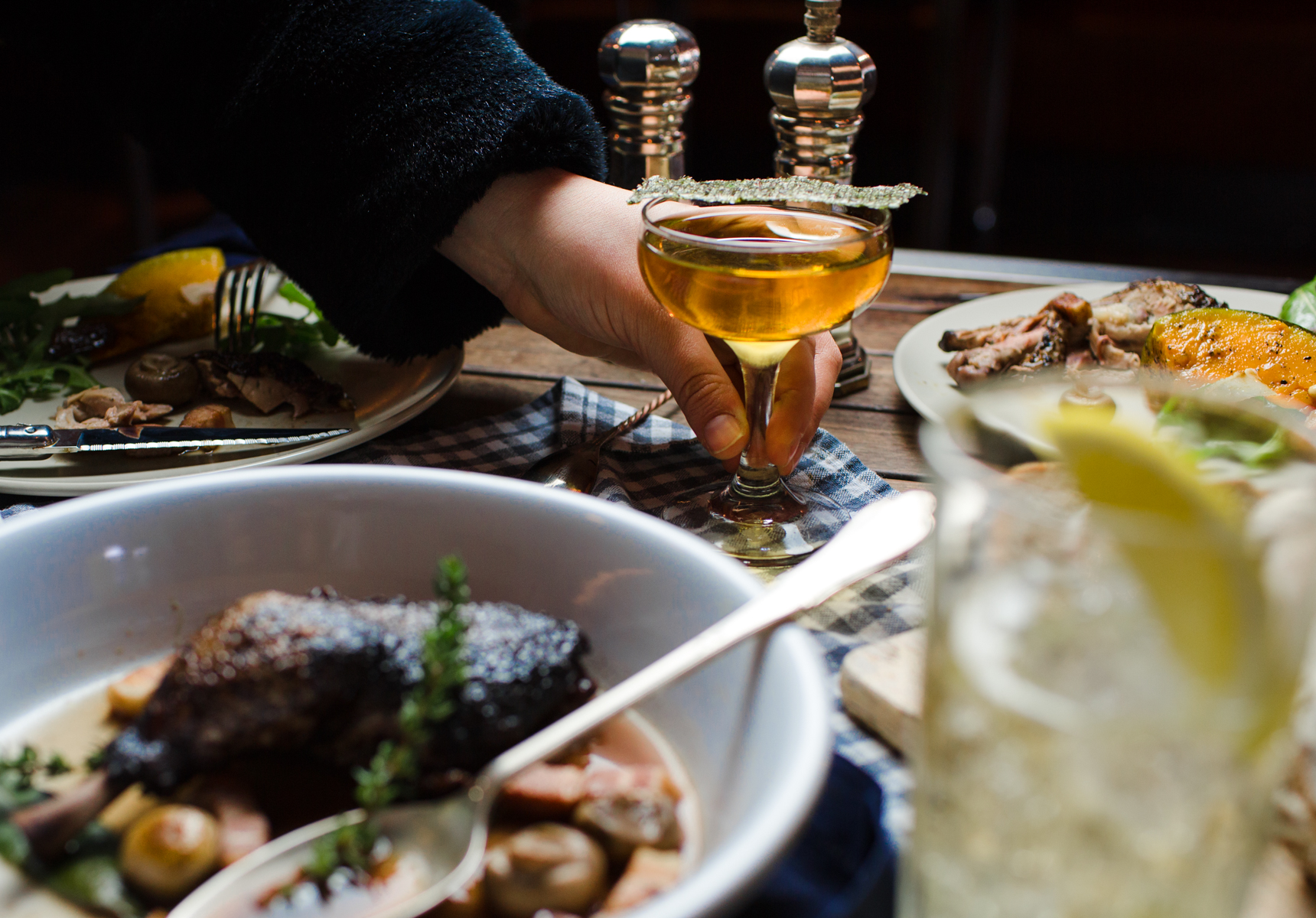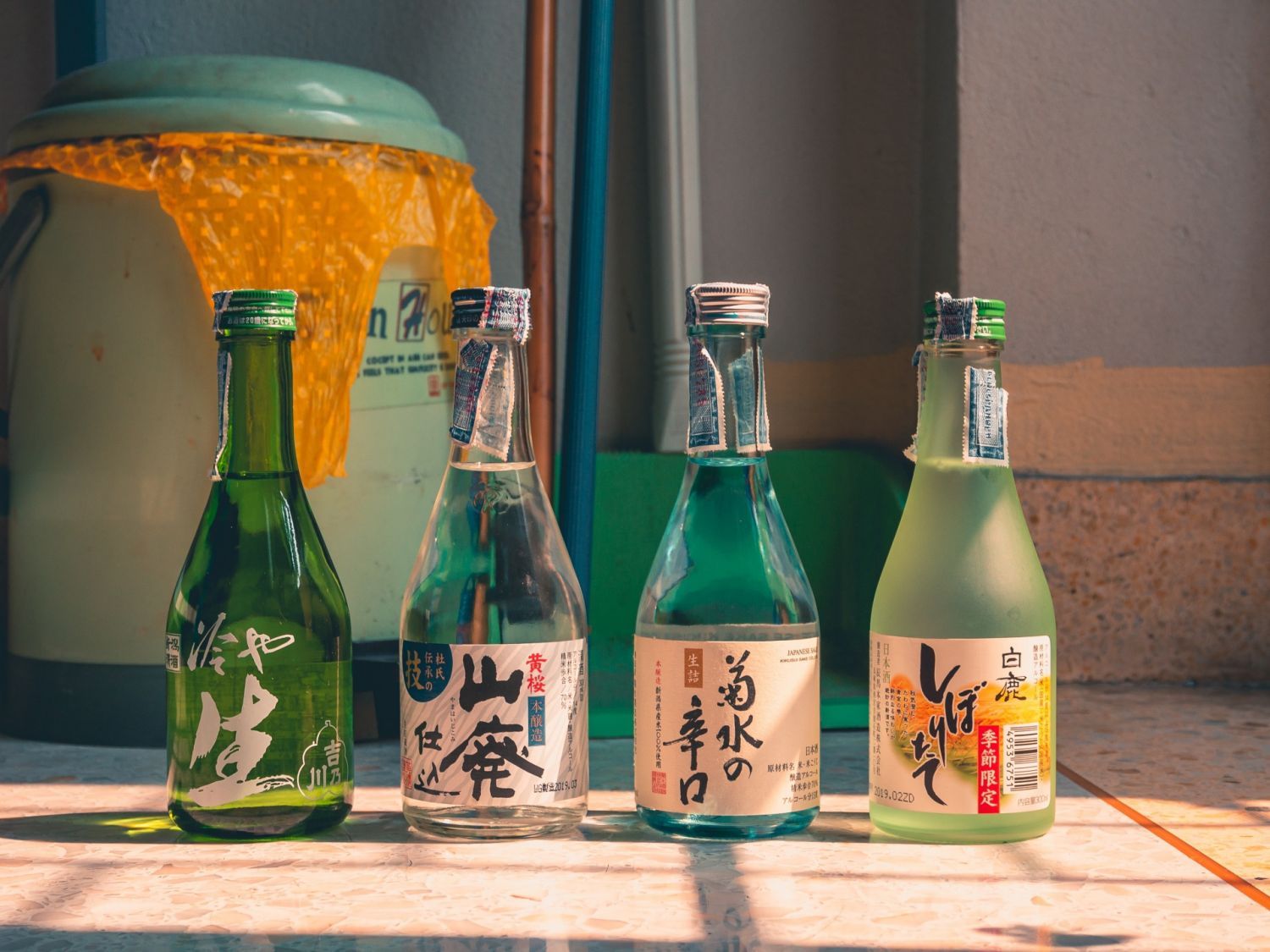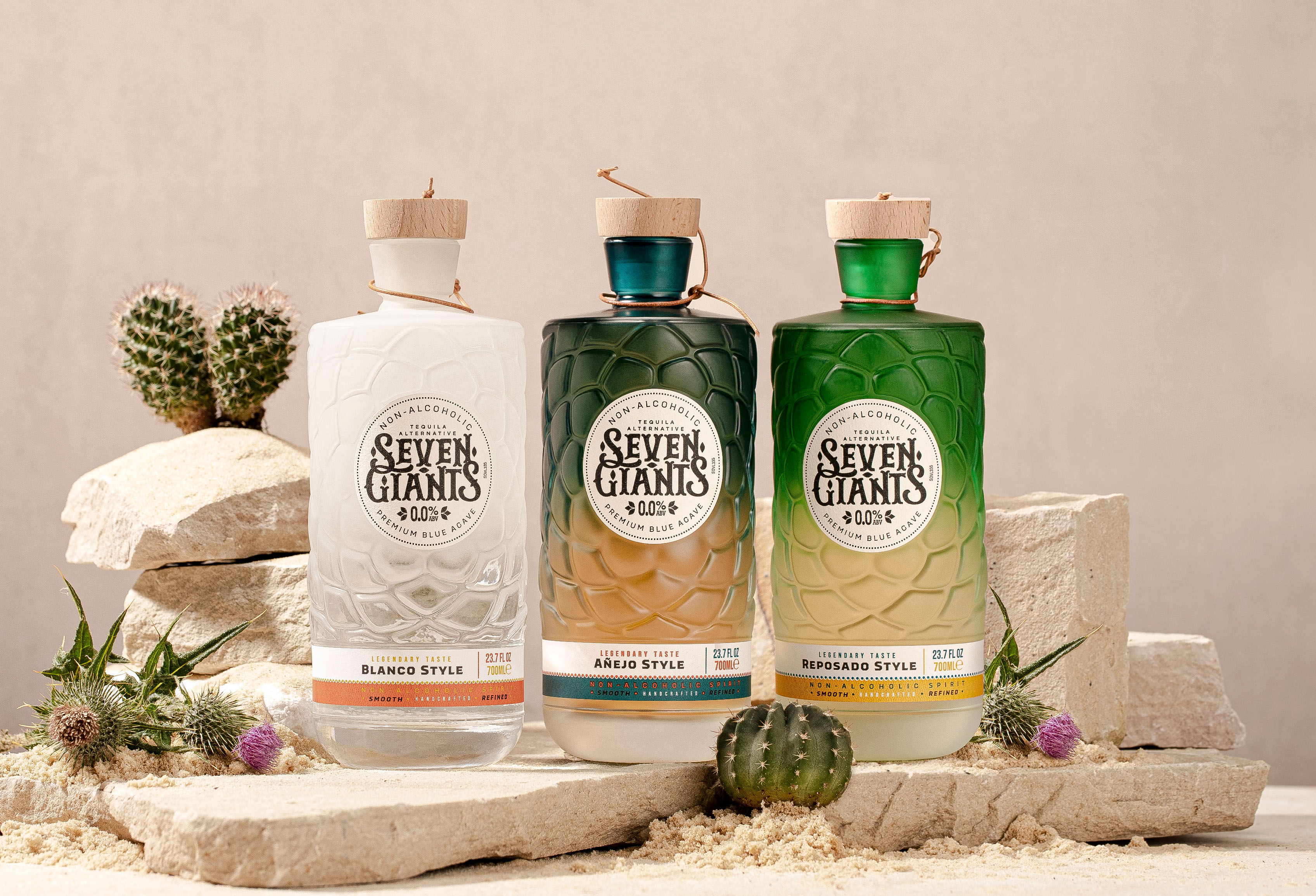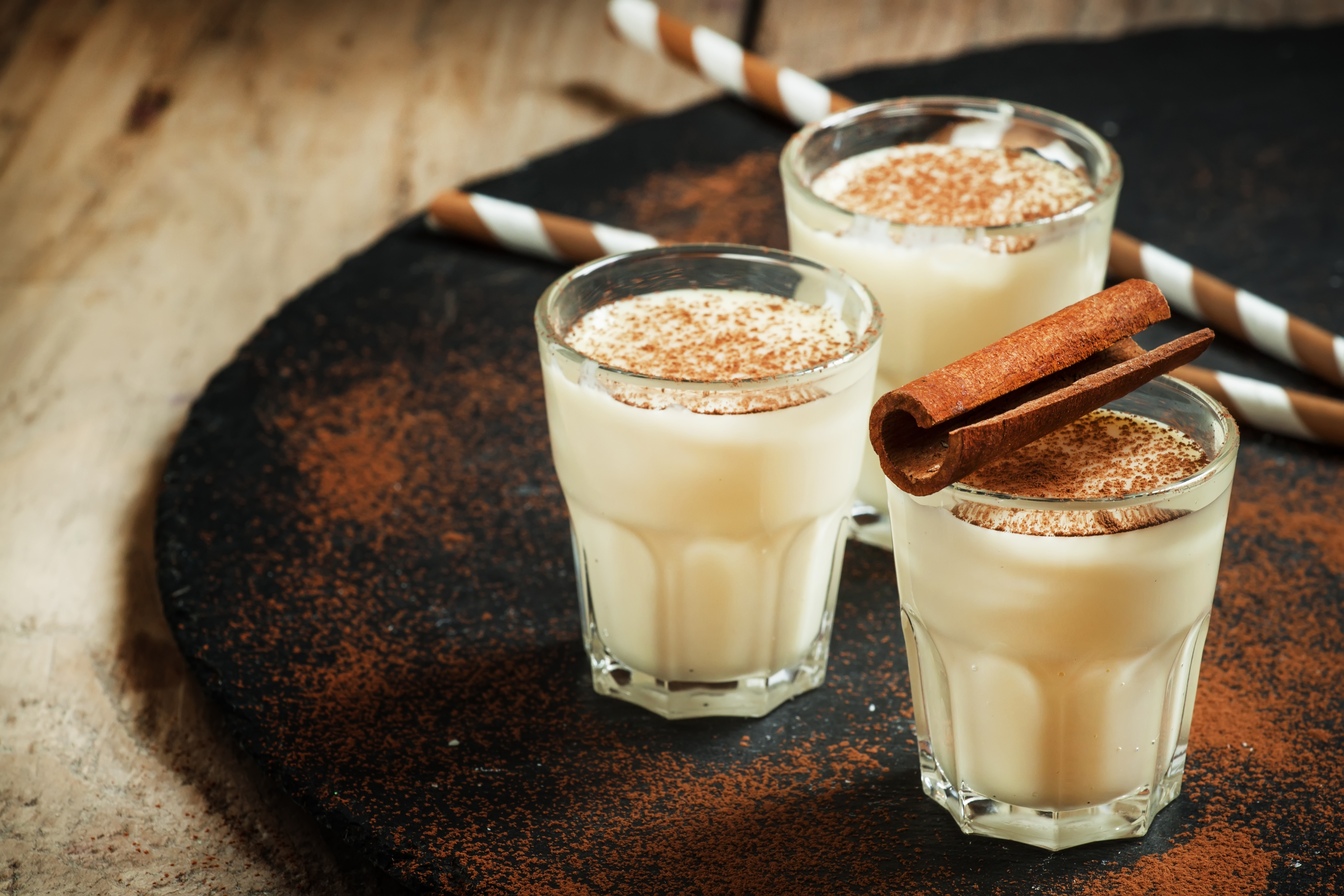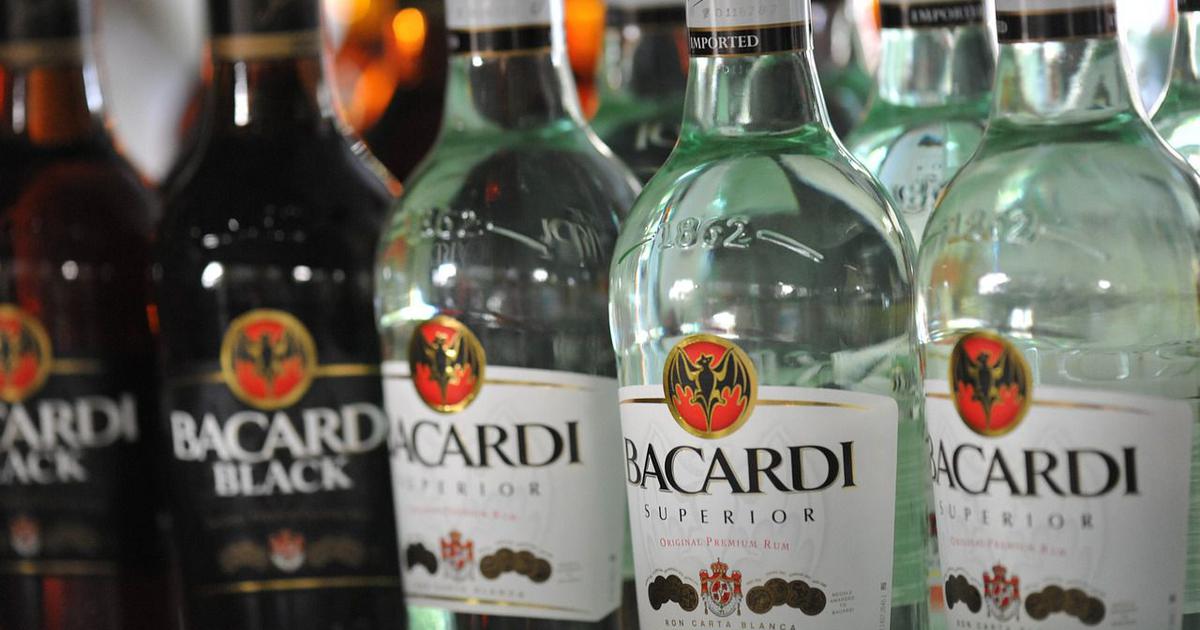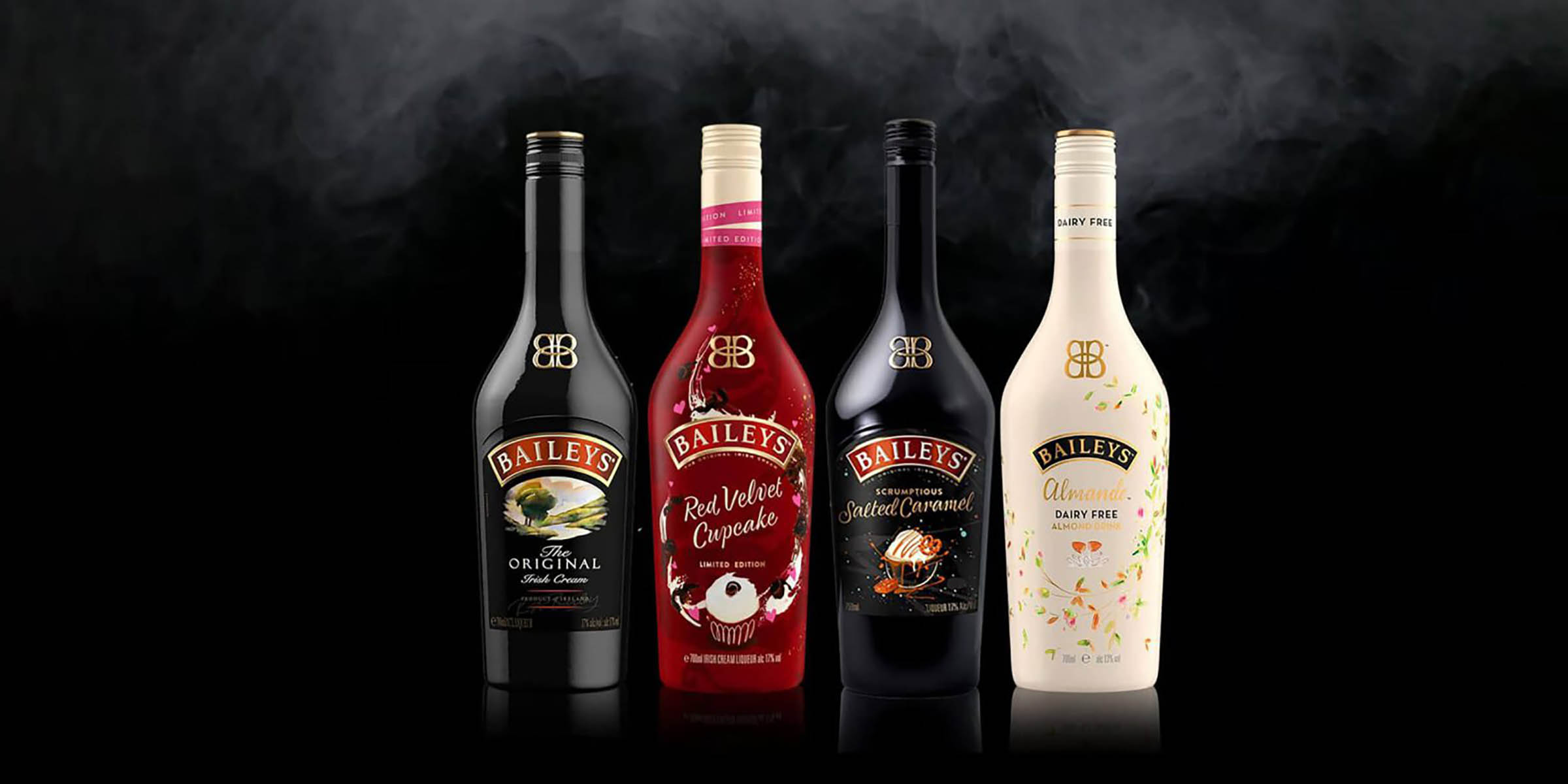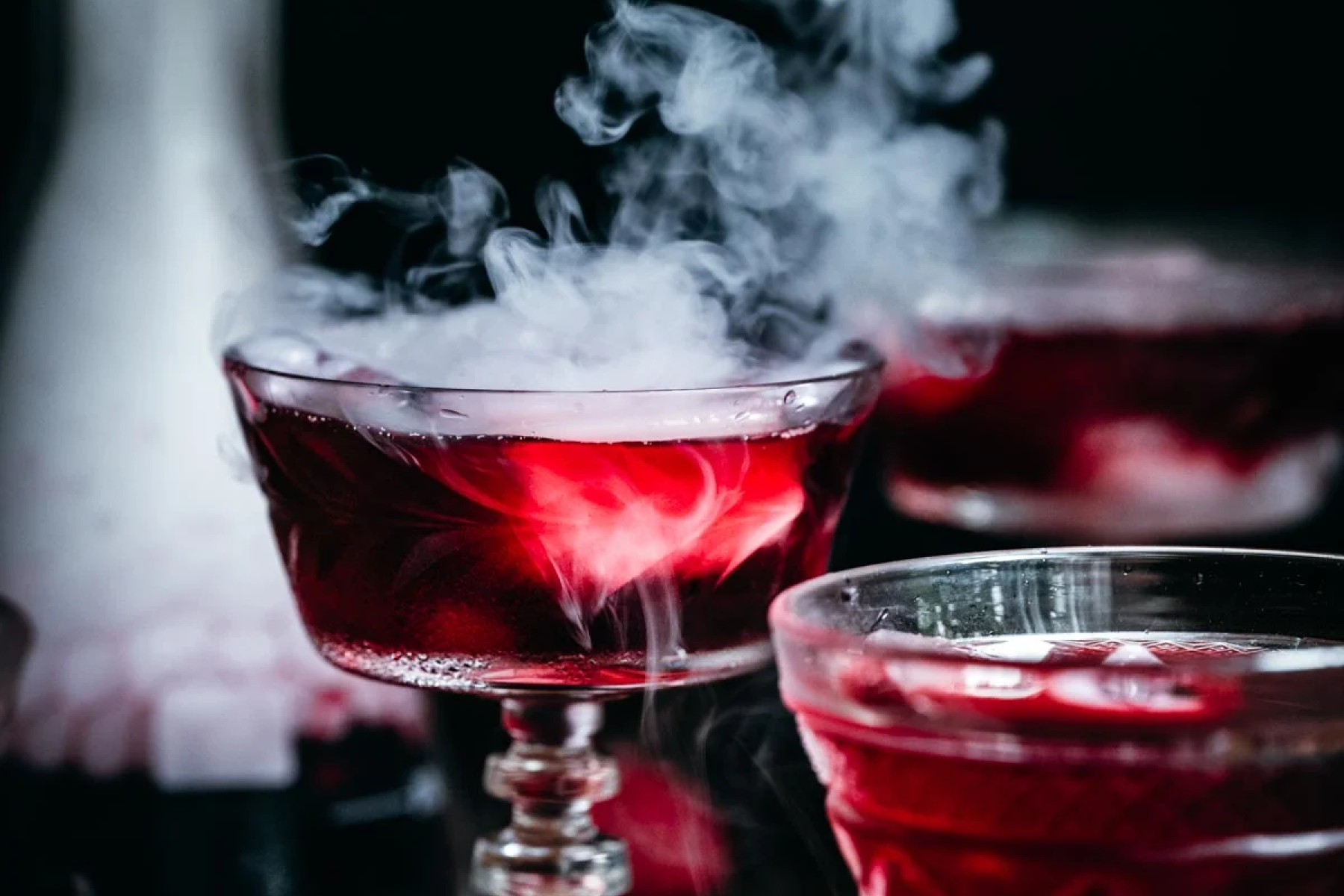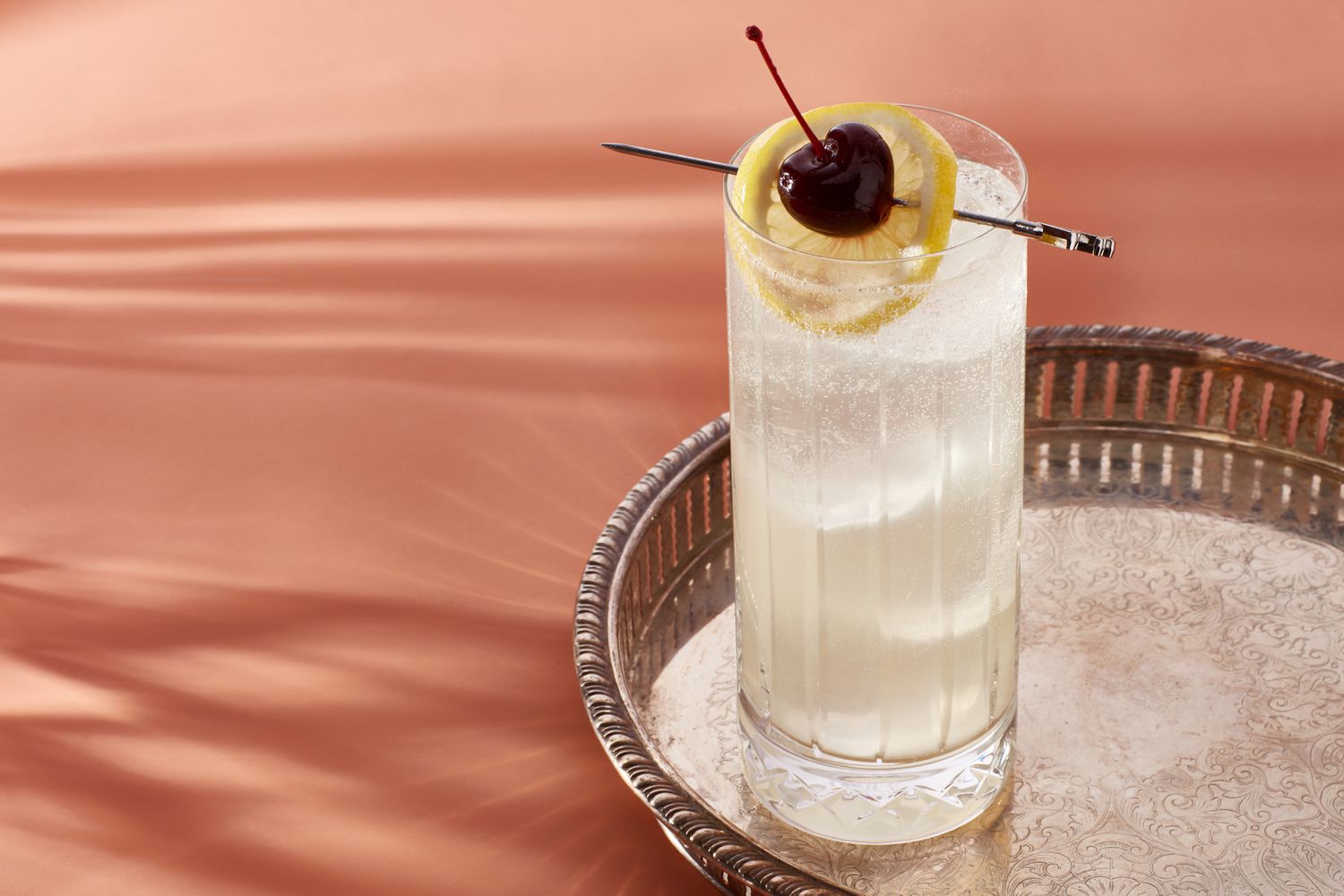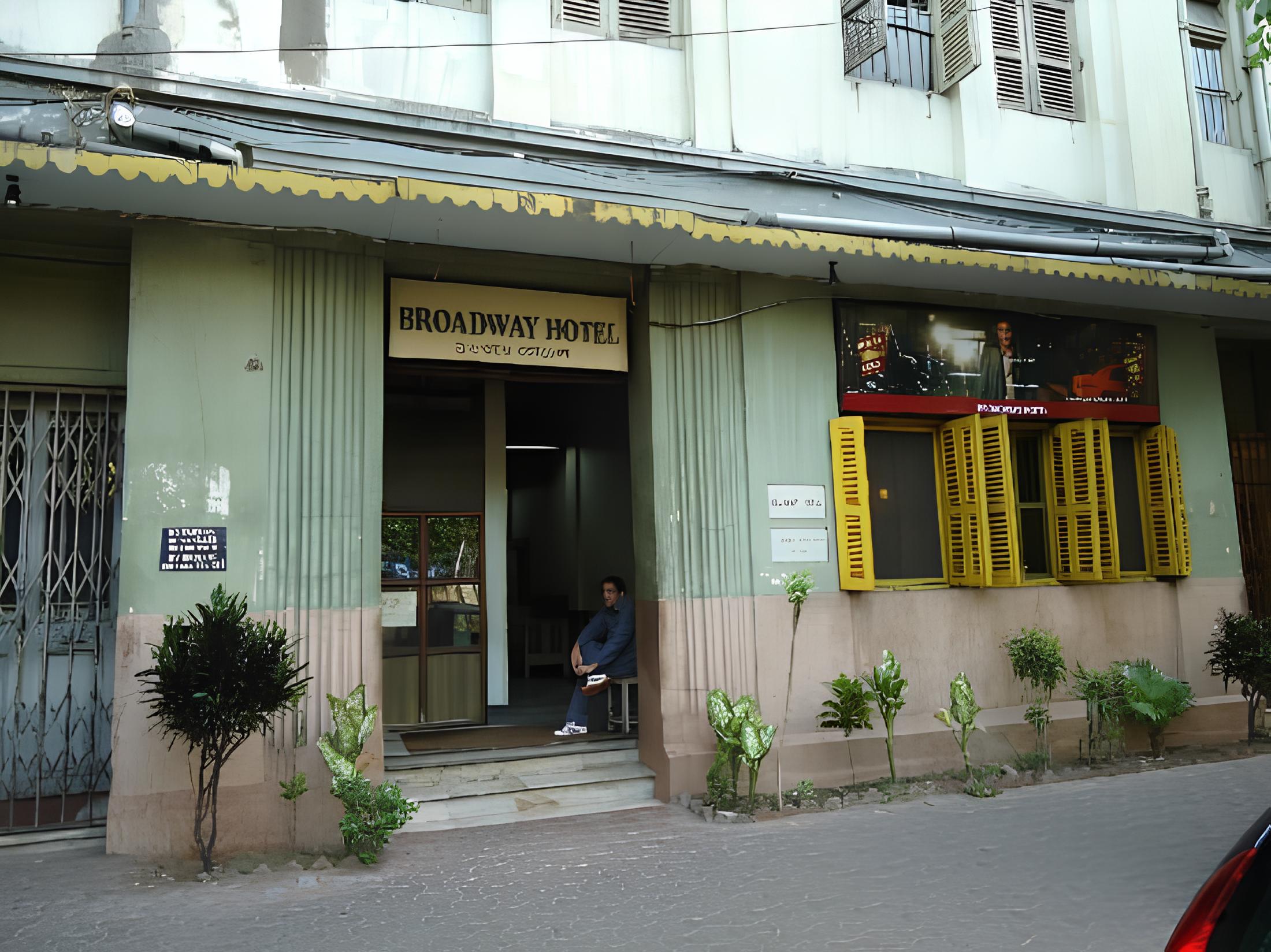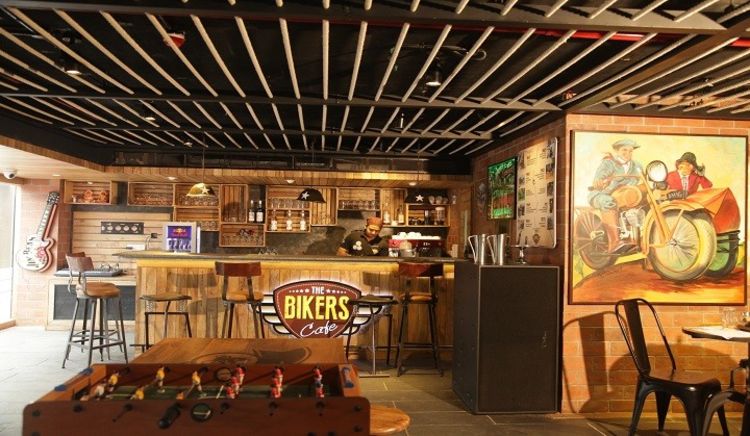France has always taken pride in presenting the world with its wide collection of country-originating wines. Vin jaune, though not as well known to the casual drinkers, has quite a few interesting stories that top the story of Archimedes yelling “Eureka!” naked all around town.
Vin jaune, pronounced “van-june,” comes in clavelins (more on this later) and is referred to as the “extreme style” of wine. Feeling adventurous? Well, it’s not easy to find a bottle since it’s only popular with the hardcore wine explorers. Jura, the region where this wine comes from, claims that only 5% of the entire vineyard space produces grapes used for vin jaune. It takes vin jaune 6 years and 3 months to complete the entire process of its making. That’s almost 5 times longer as compared to regular wines!
But before you randomly go find a bottle, let us tell you a few pointers that will help you get the right first impressions.
What is Vin Jaune?
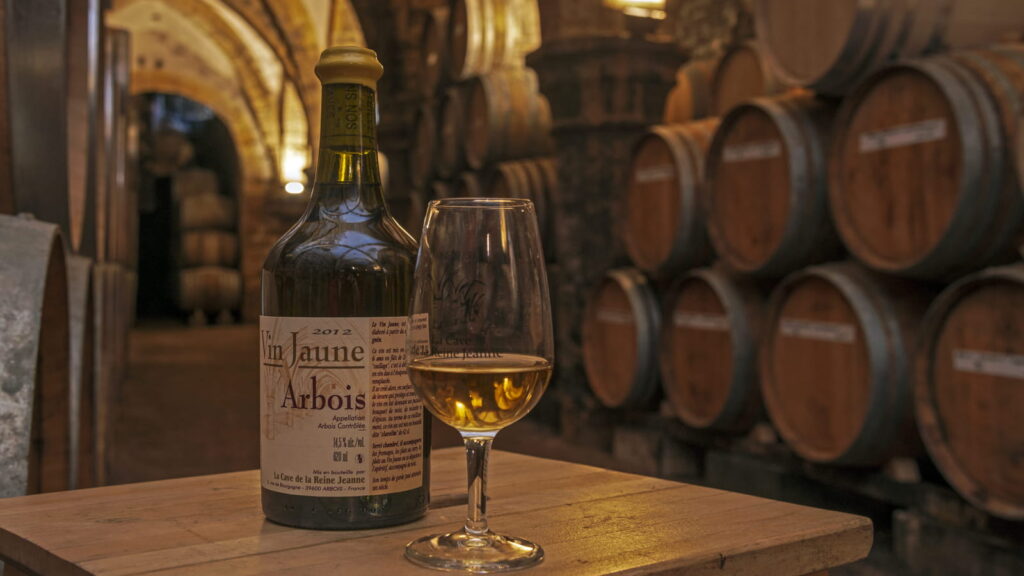
Vin jaune is a unique type of white wine that is made from a single type of grape, called Savagnin. This type is exclusively found in the Eastern France region and lets the wine attain enigmatic aromas during its fermentation process.
We have all heard the myth that stronger wines are better. But let that not fool your views on this wine. Though this is an unfortified wine, it does not disappoint. Even at the alcohol level of 13-15%, vin jaune captured enticing aromas within the finished product.
If you’re a sherry fanatic, you’re going to love this one! Both wines have similar styles and bouquets, but vin jaunes can taste drier because there is no residual sugar left in the finished product. Vin jaune is one of the few wine types that blatantly say no to modern technology and lets the winemakers keep the traditional process alive. Because character is everything, even for wines!
So depending on the winemaker’s curiosity, the wine storage differs. To highlight more fruity and mild tones, the makers choose to age wine in cold cellars. And if you are looking to add a little spice, storing your wine in the attic is best. A little company to the ghosts, we say.
Some wine enthusiasts prefer to have it both ways. This is what makes vin jaune interesting, as every bottle has a surprise waiting inside.
Before we dive deeper into this wine, we would love to present you with a fun fact. You see, there was a bottle of vin jaune that was auctioned at a whopping CHF 46,000 in 2012. That’s about INR 44 lakhs! What made this bottle so unique was that it was a part of the batch that survived almost eight generations in an underground cellar. In 1994, more than 20 wine experts tried the wine from this batch and exclusively claimed it to be “Excellent.” Doesn’t this make you want to try this golden nectar!
Also Read: Drinking 101 – How To Taste Wine
The Origins of Vin Jaune
You may have heard a lot of discoveries that have happened by accident. This is one of them and has been called oneof the best discoveries in wine history.
Storytime! Years ago, a winegrower had kept the barrel locked away in his cellar. Time passed and he forgot about the barrel. Eventually, when he realized, the sugar in the wine was completely gone and it had turned into a pretty golden color. That’s how it got its name. Vin Juane literally translates to “Yellow Wine.” Too on the nose, isn’t it?
It is usually linked with Chateau-Chalon, a well-known French commune, and was founded in the 7th century. Following that, Louis Pasteur, a fellow Arbois-born fellow, followed and carried out the fermentation plan for the wine that is used to date. Arbois is located in eastern France’s majestic Jura wine region.
Now, the French celebrate the discovery of this wine with a festival called ‘La Percée du Vin Jaune’ that is hosted by various places in the country.
Also Read: Tips On How To Store Wine Properly
Deep Dive into Its Making

Vin jaune is made from a specific type of grape from the Taminer family. The grapes are harvested in late October to start a slow fermentation process in oak barrels with a capacity of 60 gallons. What is special about this wine’s process is that the barrels are not topped up with the wine. This helps create an air gap between the wine and the barrel.
This allows a thin film of yeast, called the “voile,” to grow over the surface during oxidation. This film takes about three years to form. Halfway through its timeline, the wine starts to undergo chemical changes and produces something called the Soloton. This is what gives the wine its aroma. It kind of smells like burnt caramel, kind of nutty, and with a hint of pungent curry.
The entire process has to be monitored so that it doesn’t accidentally turn acidic. At the end of the cycle, only 62% of the original volume remains and it’s sent for bottling. This particular wine uses special bottles called clavelins that are used to hold 21 ounces of this wine.
These bottles were designed in a way that stored the remaining amount of finished wine after fermentation. Did you know what the evaporated share is called? Make your wildest guesses.
The answer is Angel’s Share. We know, it sounds majestic.
Also Read: How To Choose A Wine Decanter?
Flavor and Taste Profile of Vin Jaune
Step 1:
Open the wine bottle one day before the pour. Decanted wine will bring out the aromas and flavors within the liquid. Vin jaune is ideally stored at 16°C.
Step 2:
On the day of tasting, start by taking a good whiff of the bouquet. It should smell like walnuts, and delicate florals, with sweet and spicy undertones.
Step 3:
Pour yourself a small amount, swirl it a little, and take a sip.
Step 4:
To look like an experienced oenophile, make an amusing face, even if you find the wine extremely dry.
David Crossley, a well-known wine explorer, has described its taste as “the classic note is usually walnut, but then you run the whole gamut of lemon, fenugreek, ginger, peat (whiskey?) and coffee to name just a few.”
We went a little further to really bring the description home. Forbes has described this wine as “Slightly oxidized, rich and complex, full-bodied, with aromas of nuts, almonds, curry, dried fruit, ginger, and saffron. It is the intensity and the concentration that varies. Crispy dry with a pleasant mouthfeel, quite intense and concentrated.” That’s right, mouthfeel is a thing (sorry for doubting you, Det. Boyle).
Food and Vin Jaune
Vin Jane can come off a little strong for first-timers. It’s extremely dry and aromatic. To ease into the process, wine experts suggest that you pair it with different foods. Comté cheese provides a good start. It’s something that can be paired with most dry wines. Other foods that complement it well are sauteed fall-flavored mushrooms and powerful curries. After all, this is an autumn wine.
The Jura region has also introduced various food palettes into the world. One of them is the Morteau sausage. Since creamy meat dishes suit well with Vin Jaune, these sausages are a great companion. If you can’t get your hand on this exclusive meat, you can always go for your regular sausages that are easily available.
Also Read: How To Open A Wine Bottle Without A Corkscrew
Vin Jaune Wines To Try
Vin jaune comes in a rarity due to its unique making style. Although these are not available readily in India, there are a few brands to look out for when traveling abroad.
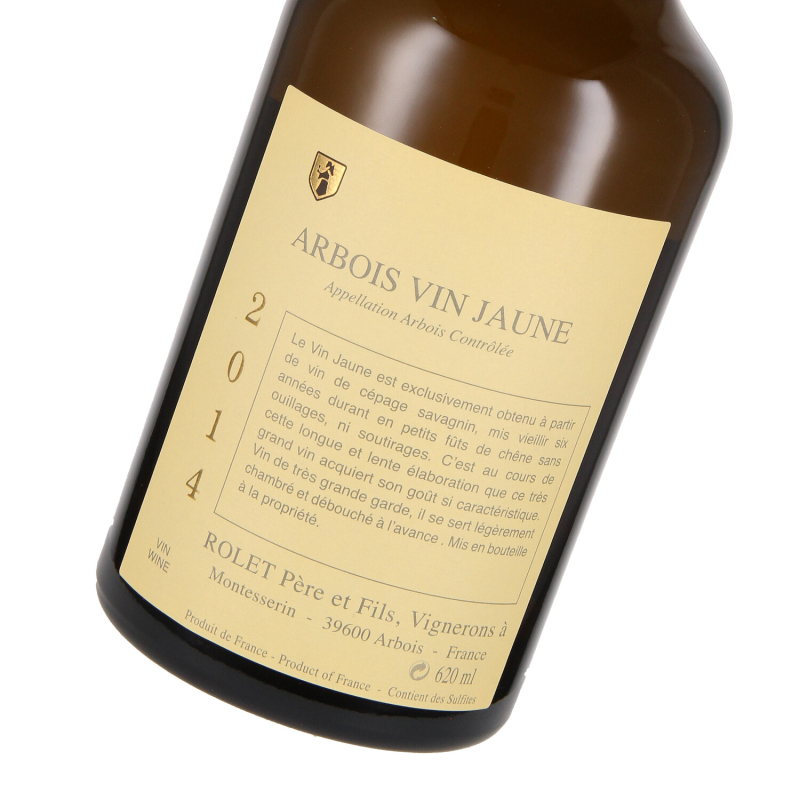
- Vin Jaune 2012, Roulet Aois
- Vin Jaune 2014, Domaine de la Borde
- Vin Jaune 2016, Domaine de la Touraize
- Vin Jaune 2012, Domaine Bornard
- Vin Jaune 2014, Arbois, Jean-Louis and Valérie Tissot
Summing Up
Vin jaune may not always be a first choice when ordering a glass of wine, but next time, don’t skip it. This wine’s got too much character to be overlooked. Take pride in knowing that you are now one of the few people who know what Vin jaune is. You’re truly a wine fanatic!
FAQs
What Does Vin Jaune Taste Like?
Vin jaune has complex flavors and depends on the brands. Common notes are fennel, caramel toffee, turpentine, walnuts, and dried apricots.
Is Vin Jaune Dry?
Vin jaune is extremely dry because no sugar content is left after the fermentation process.
How Long Does Vin Jaune Last?
Once opened, vin jaune lasts for about a month in refrigeration.
How Do You Store Vin Jaune?
You can store the bottle in your wine cellar or any storage unit between 7 to 15°C. It’s preferred to keep the cork bottles horizontally, to keep the cork moist.
How To Know If The Wine Is Bad After Opening?
If the wine tastes dull and unflavoured, it is likely gone bad. The easiest way to judge is visually. White wines turn darker in color and reds look light brownish.
Should You Refrigerate Wine After Opening?
Yes, you should! Leaving the opened wine out on the countertop will spoil it faster. Refrigerating your wine is just as important as refrigerating cooked food. Refrigerated unfortified wines can last up to one month, while fortified wines can last a few days.

